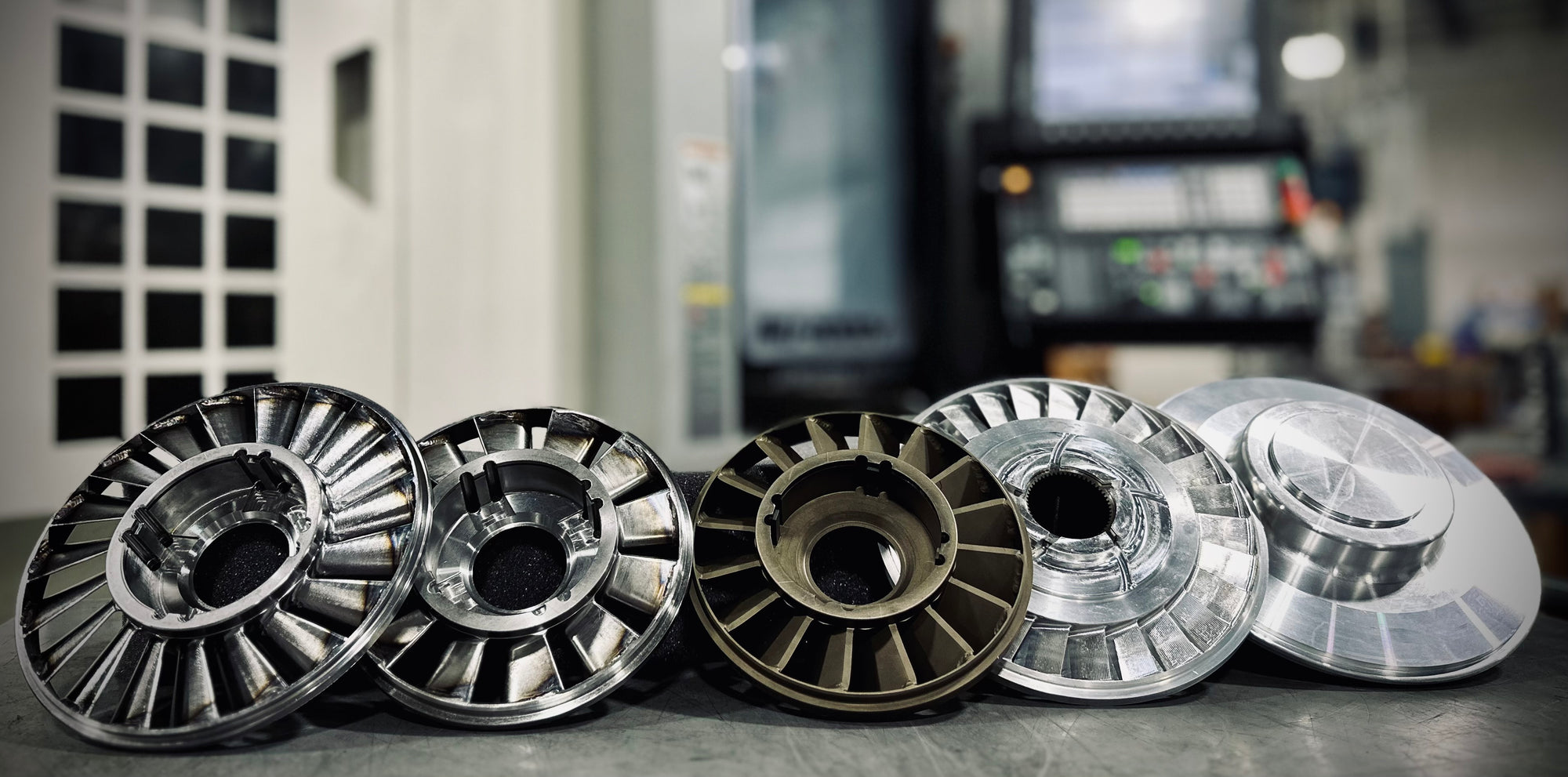If you’re a fan of cars, the word “torque converter” will likely be familiar to you. Torque converters play an essential part in the automotive engineering. They’re especially crucial in the case of automatic transmission systems. These mechanical marvels are responsible for ensuring smooth operation of your vehicle, facilitating the transmission of power, ultimately providing a comfortable driving experience. In this guide we’ll dive into the intricacy of torque converters, demystifying their inner workings as well as shed light on their indispensable contribution to the auto industry.
Understanding the Torque Converter
Power Transmission at its core A torque converter, or fluid coupling, is designed for use with automatic transmissions. Its primary purpose is to transfer power from the engine to the transmission that then drives the wheel. This system runs smoothly inside the automatic gearbox, bridging the gap between the movement of wheels and engine power.

Components that are at Play: The torque converter is an advanced device made up of three key components: the impeller the turbine and the stator. The three components work together to make it easier for the conversion of the power and torque.
Breaking Down the Mechanism
The mechanics behind the workings of a torque converter are fascinating. It involves complex interactions that result in powerful transmission power.
Impeller Initiation: Once the engine is in operation, it kicks off the process by spinning the impeller. The impeller resembles one and is employed to transfer transmission fluid through the converter. When the impeller turns it produces the flow of fluid which strikes the turbine’s blades.
The response of the turbine: The fluid striking the impeller activates the turbine that is connected to transmission’s input shaft. The impeller moves the fluid and this activates the turbine. It rotates at a rate that is proportional to that of the impeller. The turbine is able to generate kinetic energy. It also generates the energy needed to power the transmission system.
The Stator as a Tool to Increase Efficiency
One of the most important components of the torque converter is the stator. The stator is positioned between the impellers and turbines and is crucial in improving the efficiency of power transmission.
Fluid Redirecting System The stator redirects fluid flow between impeller and turbine. This redirection plays a crucial role in optimizing the torque output as well as ensuring a seamless transfer of power. Stators contribute to an efficient and balanced operation through controlling the flow path. For more information, click upgrade torque converter
Torque converters are crucial to drive.
The torque converter is an vital element of driving experience.
Smooth Transitions. The layout of the torque converter as well as its mechanics contribute to the smooth transitions between gears. Convertors for fluid coupling make it unnecessary to manually engagement of clutches and result in smooth gear shifts.
2. Torque converters may also be able to stop engine stalls. Fluid couplings permit the engine to continue to run even when the vehicle is at rest. This ensures a stable idle and eliminates the requirement to manually engage the clutch once the vehicle is stopped.
3. Efficiency and Power Delivery: Through optimizing power transfer and torque output, torque converters contribute to effective power delivery. The overall experience of driving is enhanced thanks to the torque converters which give the power required to accelerate and cruising.
In summary, torque converters are intricate mechanical parts that constitute the foundation of automatic transmission systems. Their fluid coupling mechanism, which is aided by the impeller, turbine and stators, ensures the smooth transfer of power from the engine into the transmission, and then onto the wheels. This transmission is efficient and allows for smoother gear change, preventing Idling or stalling, as well as increasing overall efficiency of driving.
For car enthusiasts and engineers alike, knowing the function of torque converters is vital. These devices represent the marriage of engineering and fluid dynamics and ensure that every driving experience is smooth and efficient. The torque converter remains the most important component of car technology even as it continues to grow. It’s an example of how mechanics and functionality work together.





